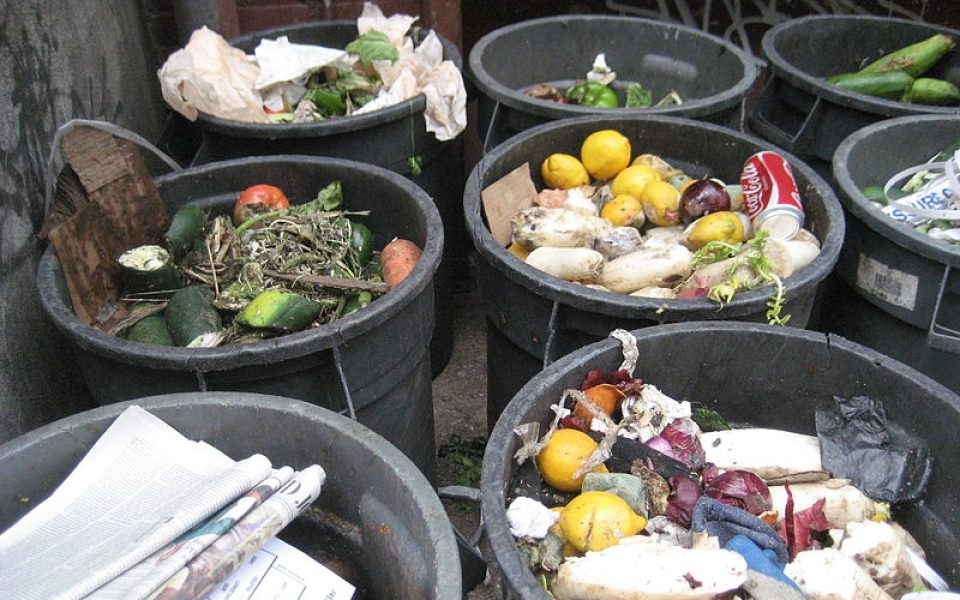Most people don’t understand how slim the margins are in a professional restaurant, including many — if not most — who open their own eateries. But behind the cuisine, there is delicate algorithm at play. Kitchen waste is an important variable.
In culinary school, we learned that the most successful restaurants maintain a prime cost (labor plus cost of goods) close to 60 percent, manage to limit fixed costs (rent, taxes, utilities, etc.) to about 30 percent and hope to make a 10 percent profit. I don’t know how that compares to other industries, because this is what I’ve done my entire adult life, but I can assure you it is tough to get by on 10 percent.
Unseasoned restaurateurs often believe that raising prices cures all ills when not enough money is flowing to the bottom line. But the market will only bear so much in terms of pricing. The true craft in running a restaurant is not buying low and selling high, but by controlling costs through efficiency.
In the local restaurant game, we buy from small-business owners who need to charge a fair price to survive in their endeavors. Since we pay more for many of our ingredients, but sell the resulting dishes for prices on par with restaurants that are buying everything from big box/one-stop shops, we must find ways to maximize the return on our investment. As a chef that means getting creative. When I buy broccoli, I don’t cut off the stalks and throw them away, as most folks do at home; I concoct a recipe for pickled broccoli stalks and include it in a Korean bowl. I make them so yummy that I buy broccoli just to make the pickles, and have to get creative with the prized florets.
When I’m making new menu items, I like to go to the farmers’ market and ask vendors what they have trouble selling. The answer is usually bones, root vegetables or other ugly specimens — basically my stock recipe. Good stock is the backbone of hearty greens, braised meats and any amazing soup, but it’s too easy for kitchen peeps to buy concentrated base instead of roasting and simmering bones to serve that end. Therefore, bones get turned into dog food. If we buy bones to make our own stock, we buy something undervalued, provide a service to the farmer, create a new task for our employees and deliver and incomparable dish to our patrons.
Throughout my career, I have always found ways to turn unwanted or unappreciated ingredients into something to be celebrated, desired. I’m not inventing things usually, just tapping into that subsistence tradition that existed before we all depended on supermarkets – whether that be pickling watermelon rinds, making chowchow from Swiss chard stems, vegetable stock from onion skins, carrot peelings and mushroom stems, or devising a ramen special to burn through some pork-bone broth.
A good friend of mine showed me a cool trick. We buy lots of tomatoes. Tomatoes seem to all ripen at the same time. When some tomatoes begin to turn, sporting blemishes or cracks, the rest of the tomato is not lost. Cut out the bad spots and freeze the remaining tomato on a baking sheet. When frozen, it can be placed in a freezer bag. To make tomato sauce, transfer the frozen tomatoes directly to the oven in a roasting pan. The skins tighten up and are easily removed, before pureeing the roasted pulp to yield a smooth sauce.
Ultimately the goal of any chef or restauranteur is not just providing great tasting food and drink for an adoring public, but to keep the place profitable enough to provide for its staff and ownership. Social media scores and television spots are nice, but insuring that all of the food that comes in the back door needs to leave through the front door (meaning it’s purchased) not in the trash or in someone’s coat, is the key to success.
Join the First Amendment Society, a membership that goes directly to funding TCB‘s newsroom.
We believe that reporting can save the world.
The TCB First Amendment Society recognizes the vital role of a free, unfettered press with a bundling of local experiences designed to build community, and unique engagements with our newsroom that will help you understand, and shape, local journalism’s critical role in uplifting the people in our cities.
All revenue goes directly into the newsroom as reporters’ salaries and freelance commissions.



Leave a Reply